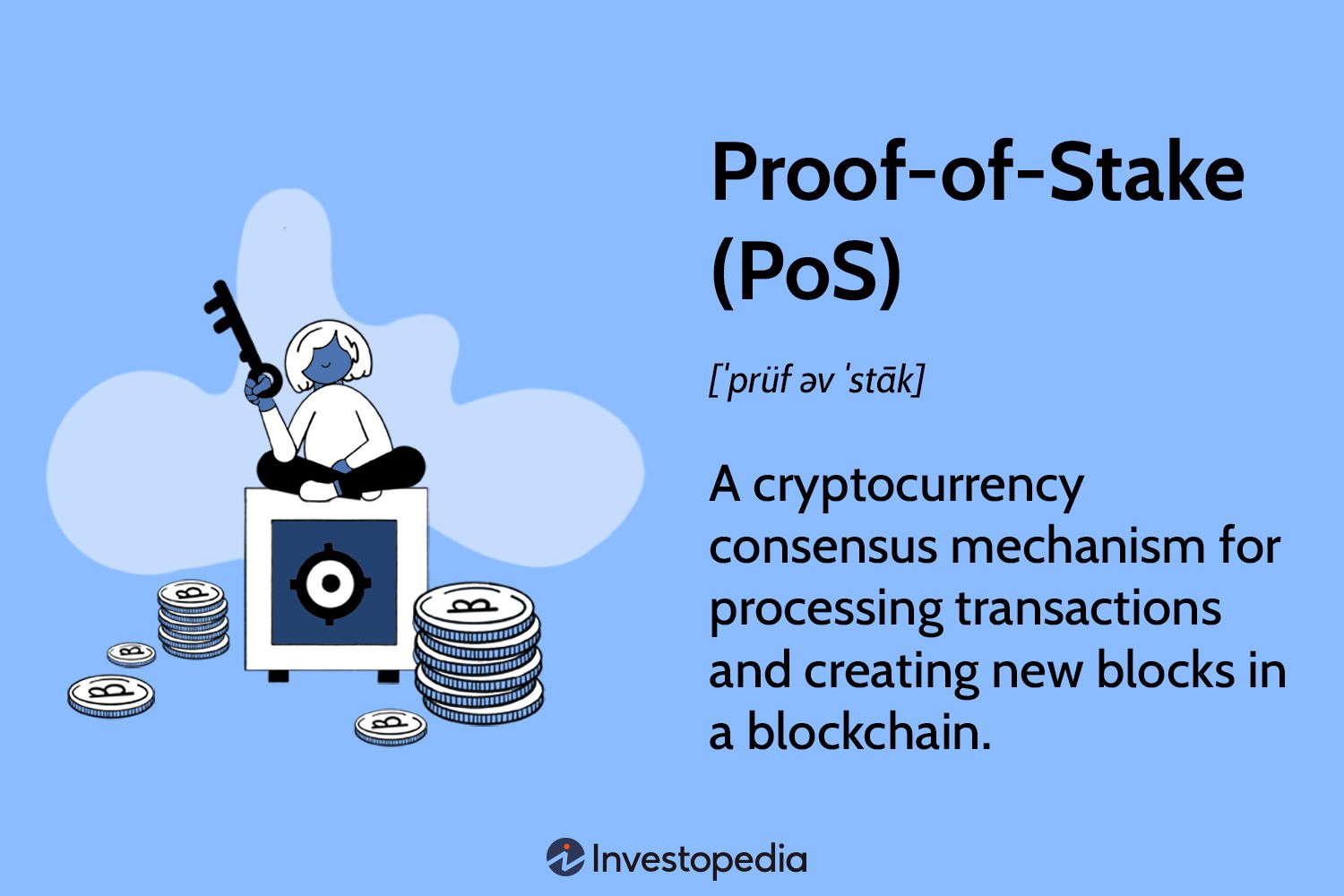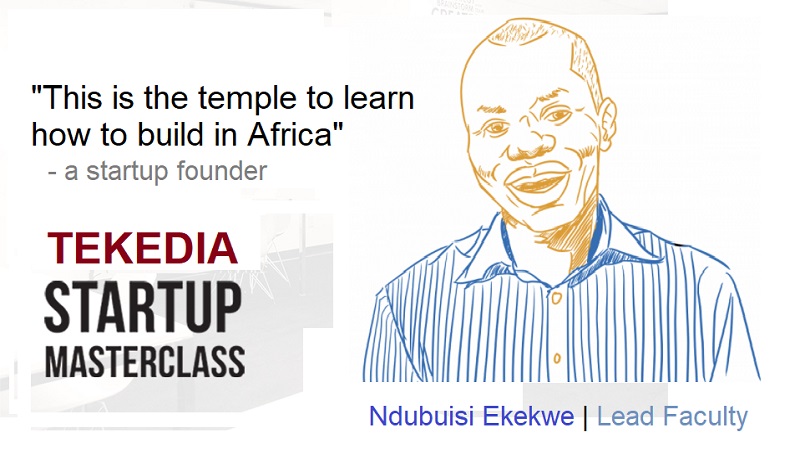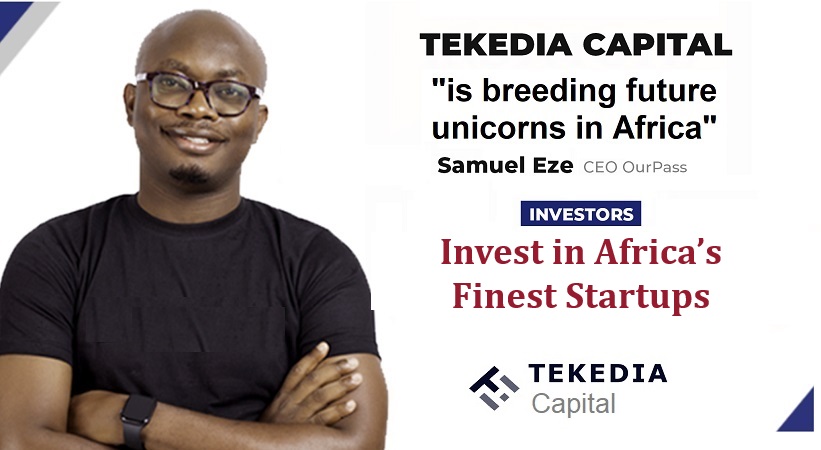News
What does Proof of Stake (PoS) mean in cryptocurrencies?

What is Proof of Stake (PoS)?
Proof of Stake is a blockchain consensus mechanism for processing transactions and creating new blocks. A consensus mechanism is a method for validating entries in a distributed database and keeping it secure. In the case of cryptocurrency, the database is called a blockchain, so the consensus mechanism secures the blockchain.
Find out more about Proof of Stake and how it is different from Proof of Work. Plus, learn about the problems proof-of-stake attempts face in the cryptocurrency industry.
Key points
- With Proof-of-Stake (POS), validators are chosen based on the number of staked coins they have.
- Proof of Stake (POS) was created as an alternative to Proof of Work (POW), the original consensus mechanism used to validate transactions and open new blocks.
- While PoW mechanisms require miners to solve cryptographic puzzles, PoS mechanisms require validators to hold and stake tokens for the privilege of earning transaction fees.
- Proof of Stake (POS) is considered less risky regarding the potential for a network attack, as it structures compensation to make an attack less profitable.
- The next block writer on the blockchain is selected randomly, with higher stakes awarded to nodes with larger staking positions.
Investopedia / Create Taylor
Understanding Proof of Stake (PoS)
Proof of Stake reduces the computational work needed to verify blocks and transactions. Under the test of work, heavy IT requirements have maintained the blockchain Safe. Proof of Stake changes the way blocks are verified using coin holder machines, so you don’t need to do as much computational work. Owners offer their coins as collateral, called staking, for a chance to validate blocks and earn rewards.
Validators are randomly selected to confirm transactions and validate block information. This system randomizes who gets to collect commissions rather than using a competitive reward-based mechanism like proof of work.
To become a validator, a coin owner must “stake” a specific amount of coins. For example, Ethereum requires staking 32 ETH before a user can run a node. Blocks are validated by multiple validators, and when a specific number of validators verify that the block is accurate, it is finalized and closed.
To activate your validator you will need to stake 32 ETH; however, you do not need to stake such a large amount of ETH to participate in the validation. You can join validation pools using “liquid staking” which uses an ERC-20 token representing your ETH.
Different proof-of-participation mechanisms can use various methods to reach consensus. For example, when Ethereum introduces sharding, a validator will verify transactions and add them to a block shard, which requires no more than 128 validators to form a voting “committee.” Once shards are validated and a block is created, two-thirds of the validators must agree that the transaction is valid, then the block is closed.
How is Proof of Stake different from Proof of Work?
Both consensus mechanisms help blockchains synchronize data, validate information, and process transactions. Each method has proven effective in maintaining a blockchain, although each has pros and cons. However, the two algorithms have very different approaches.
In PoS, block creators are called validators. A validator checks transactions, verifies activity, votes on results, and maintains records. Under PoW, block creators are called miners. Miners work to solve a hashing problem to verify transactions. In exchange for solving the problem, they are rewarded with a coin.
To “acquire” the position of becoming a block creator, you must own enough coins or tokens to become a validator on a PoS blockchain. For PoW, miners must invest in processing equipment and incur large energy costs to power the machines that attempt to solve the calculations.
The equipment and energy costs involved in PoW mechanisms are expensive, limiting mining access and strengthening the security of the blockchain. PoS blockchains reduce the amount of processing power needed to validate block information and transactions. The mechanism also reduces network congestion and eliminates reward-based incentives offered by PoW blockchains.
| Block creators are called validators | Block creators are called miners |
| Participants must own coins or tokens to become validators | Participants must purchase equipment and energy to become miners |
| Energy efficient | Not energy efficient |
| Safety through community control | Robust security thanks to expensive initial requirements |
| Validators receive transaction fees as rewards | Miners receive rewards and commissions for blocks |
Proof-of-Stake Objectives
Proof of Stake is designed to reduce network congestion and address environmental sustainability concerns surrounding the Proof-of-Work (PoW) protocol. Work test it is a competitive approach to verifying transactions, which naturally encourages people to look for ways to gain an advantage, especially since monetary value is involved.
Bitcoin miners earn bitcoins by verifying transactions and blocks. However, they pay operating expenses, such as electricity and rent fiat currency. So what’s really happening is that miners are exchanging energy for cryptocurrency, which causes PoW mining use the same amount of energy as some small countries.
The PoS mechanism seeks to solve these problems by effectively replacing staking with computing power, whereby the network randomizes an individual’s mining ability. This means there should be a dramatic reduction in power consumption as miners can no longer rely on massive farms of disposable hardware to gain an advantage. For example, Ethereum’s transition from PoW to PoS reduced the blockchain’s energy consumption by 99.84%.
The first cryptocurrency adopt the PoS method was Peercoin. Many others followed soon after, but Ethereum was the blockchain where it had the greatest impact.
Proof of Stake security
Long touted as a threat to cryptocurrency fans, the Attack at 51%. This is a problem when using PoS, but it is unlikely to occur. With PoW, a 51% attack occurs when one entity controls more than 50% of the miners in a network and uses that majority to alter the blockchain. In PoS, a group or individual should own 51% of the staked cryptocurrency.
It is very expensive to control 51% of the staked cryptocurrency. According to Ethereum PoS, if a 51% attack occurred, honest validators in the network could vote to ignore the altered blockchain and burn the ETH staked by the perpetrator. This incentivizes validators to act in good faith for the benefit of the cryptocurrency and the network.
Most other PoS security features are not advertised, as this could create an opportunity to circumvent security measures. However, most PoS systems have additional security features that add to the inherent security behind blockchain and PoS mechanisms.
What is the difference between Proof of Stake and Proof of Work?
Proof of Stake (POS) uses randomly selected validators to confirm transactions and create new blocks. Proof-of-Work (POW) uses a competitive validation method to confirm transactions and add new blocks to the blockchain.
What is Proof of Stake for Dummies?
Proof of Stake is a consensus mechanism in which distributed cryptocurrency validator programs share the task of validating transactions.
What are the disadvantages of Proof of Stake?
With Proof of Stake (POS) consensus, users generally need to own a cryptocurrency before they can participate in the consensus and earn more cryptocurrencies. To host a full validation node on Ethereum, a user needs to stake 32 ETH, which is very expensive. Another disadvantage of PoS is that on blockchains with smaller networks, a high minimum stake could lead to centralization.
Is Ethereum a PoS or PoW?
Ethereum uses proof-of-stake as its consensus mechanic. Full validation nodes require a stake of 32 ETH, but other participants can take part in the consensus by delegating their ETH to a validator or participating in staking pools. Users can also stake small amounts of ETH on their own, but no reward is earned.
The bottom line
Proof of Stake is a mechanism used to verify blockchain transactions. It differs significantly from proof of work, mainly in that it incentivizes honest behavior by rewarding those who put up their cryptocurrencies as collateral for a chance to earn more.
The comments, opinions and analyzes expressed on Investopedia are for online information purposes. Read ours warranty and exclusion of liability for more information.
News
US Cryptocurrency Rules Delayed by ‘Never-Ending’ Lawsuits

Ripple CEO says cryptocurrency industry still seeking regulatory clarity from US
Speaking to Bloomberg News on Wednesday (July 17), Author: Brad Garlinghouse he said America is behind behind other countries which have already adopted cryptocurrency regulations.
“What we’re seeing, where it’s the UK, Japan, Singapore… even the European Union, more than two dozen countries have come together to provide a framework for cryptocurrency regulation,” Garlinghouse said.
“It’s frustrating that we as a country can’t get that regulatory framework in place. And instead, we have this never-ending lawsuit coming from the SEC that doesn’t really address the problem.”
Ripple has been the target of some of these legal disputes. Securities and Exchange Commission (SEC) sued the company in 2020, accusing it of conducting a $1.3 billion operation offering of unregistered securities tied to its XRP token.
However, last year a judge ruled that only Ripple’s institutional sales of XRP, not retail sales, violated the law, a decision widely seen as a victory for the cryptocurrency industry.
As PYMNTS noted at the time, that ruling has “far-reaching repercussions impact across the digital asset ecosystem, which has long maintained that its tokens do not represent securities contracts.”
However, Garlinghouse told Bloomberg on Wednesday that the company cannot wage multimillion-dollar legal battles over each token.
He spoke to the news agency from the Republican National Convention in Milwaukee, where the party is backing the candidacies of former President Donald Trump and Ohio Sen. J.D. Vance, both of whom are considered pro-cryptocurrency.
But Garlinghouse argued that cryptocurrencies “should not be a partisan issue,” and noted that he had recently attended a conference in Washington that included Democrats, including White House officials.
“I think they were there, listening to the industry… it was refreshing to start having that conversation,” she said.
President Joe Biden earlier this year he vetoed a measure which would have ended the SEC’s special rules for crypto-asset custodians. This legislation was supported by both the digital asset industry and the banking industry.
Ripple early this year donated $25 million to the cryptocurrency industry’s super PAC Fair Smoothiewith Garlinghouse stating at the time that such donations would continue every year, as long as the industry had its detractors.
Second Open SecretsWhich monitor spending For campaigns, the PAC has spent $13.4 million this year, much of it to help defeat Rep. Katie Porter’s (D-Calif.) U.S. Senate campaign.
News
The Future of Cybersecurity in the Cryptocurrency Industry

The cryptocurrency space has had a tumultuous journey, with its fair share of ups and downs. As we look to the future, one area that remains a constant focus is cybersecurity. The digital nature of cryptocurrencies makes them inherently vulnerable to cyber threats, and as the industry evolves, so does the landscape of potential risks.
In 2022, the cryptocurrency market faced significant challenges, with over $2 trillion in market value lost. This event served as a wake-up call for the industry, highlighting the need for robust cybersecurity measures. The future of cryptocurrency security is expected to see a shift towards more regulated and established institutions taking the reins of crypto technology and blockchain infrastructure.
The decentralized nature of cryptocurrencies offers numerous benefits, such as transparency and financial inclusion. However, it also introduces unique security challenges. The risk landscape is filled with threats such as hacking, phishing, ransomware attacks, malware, and social engineering. These threats not only lead to financial losses, but also damage the reputation and trust within the cryptocurrency ecosystem.
Mini-MBA Tekedia edition 15 ((September 9 – December 7, 2024) started recordings; Register today for discounts reserved for early bird customers.
Tekedia AI in Business Masterclass Opens registrations Here.
Join the Tekedia Capital Syndicate and IInvest in Africa’s best startups Here.
The decentralized nature of cryptocurrencies offers many benefits, but it also presents unique security challenges. Cyber risks such as hacking, phishing, and ransomware pose threats to the integrity of digital assets. The infrastructure that supports cryptocurrencies is not immune to vulnerabilities, including smart contract flaws and exchange hacks.
To address these vulnerabilities, the infrastructure that supports cryptocurrencies must be strengthened. Smart contract vulnerabilities, exchange hacks, wallet breaches, and flaws in the underlying blockchain technology are significant concerns that must be addressed to ensure the security and integrity of digital assets.
As cybercriminal tactics and techniques become more sophisticated, the cryptocurrency industry must stay ahead of the curve. The future will likely see more targeted attacks, exploiting weaknesses in infrastructure, networks, and human factors. This requires a proactive and multifaceted approach to cybersecurity.
To mitigate these risks, several measures must be adopted:
Strengthening security measures: Developers, exchanges, and wallet providers must improve security protocols, use strong encryption, implement multi-factor authentication, and conduct regular security audits.
Education and awareness: Users should be educated on best practices for protecting their digital assets, including using strong passwords, recognizing phishing attempts, and using hardware wallets for secure storage.
Looking ahead, the cryptocurrency industry is expected to see an increased focus on robust security measures. Blockchain projects and exchanges are likely to invest in advanced encryption techniques and decentralized storage solutions to protect user assets. The future impact of cyber risk on cryptocurrencies will depend on the collective efforts of stakeholders to address vulnerabilities and strengthen security measures.
Collective efforts by stakeholders in the cryptocurrency space are crucial to address vulnerabilities and strengthen security measures. While challenges persist, advances in cybersecurity technologies and practices offer hope for a more secure and resilient cryptocurrency ecosystem.
The future of cybersecurity in the cryptocurrency industry depends on finding a balance between innovation and regulation. It requires a collaborative effort from all parties involved, from developers to end users, to create a secure environment that fosters trust and growth in the industry. As we move forward, it is critical that lessons learned from past events guide the development of stronger security measures, ensuring the longevity and stability of cryptocurrencies as a vital part of the modern economic toolkit.
Like this:
Like Loading…
News
Bullish XRP and RLBK price predictions rise, outpacing the broader cryptocurrency market, prompting Shiba Inu holders to switch!

Bitcoin’s one-week surge from $60,000 has pushed other cryptocurrencies into an uptrend. However, for many altcoins, this trend has been temporary. Altcoins such as XRP and Shiba Inu (SHIB) have experienced price drops. However, Rollblock, a new altcoin on the Ethereum blockchain, has thrived during this period, attracting thousands of investors looking for long-term growth.
XRP’s Nearly 30% Growth Over Last Week Drops as Selling Pressure Increases
XRP is seeing further price decline as Ripple investors withdraw their profits from the token. The surge in XRP’s price to $0.64 in the past week has provided investors with a perfect opportunity to increase their returns in the short term. With the ongoing sell-off in XRP, XRP has jumped over 8% in the past day and is now trading at $0.59. However, analysts tracking XRP indicators predict that XRP could still extend its gains by over 30% in the coming weeks.
Shiba Inu (SHIB) marks its third consecutive day of losses
Shiba Inu (SHIB) is in a period of adjustment after a week of strong gains. In the last 24 hours, SHIB has seen a jump of over 7%, reflecting a natural market fluctuation. Analysts are observing a death cross on the Shiba Inu chart, which historically signals the potential for future opportunities as the market stabilizes. As investors explore new possibilities, some are diversifying into promising altcoins like Rollblock (RBLK) to strategically rebalance their portfolios and capitalize on the emerging trend.
Rollblock (RBLK) Up Another 7% as New Investors Join Pre-Sale
Rollblock (RBLK) has taken the cryptocurrency market by storm, having attracted investors from more popular altcoins like Shiba Inu (SHIB) and XRP. Rollblock’s growth is attributed to its utility in the $450 billion global gaming industry.
Rollblock aims to use blockchain technology to bridge the gap between centralized and decentralized gambling. With blockchain technology, Rollblock secures every transaction in its online casino, providing transparency and convenience to millions of players who are uncomfortable placing bets on other iGaming platforms.
This innovative use of blockchain technology in the industry has grown Rollblock to over 4,000 new users in less than two months. With plans to add sports betting, this number is expected to grow exponentially in Q3.
Rollblock uses a revenue sharing model that splits up to 30% of its casino’s weekly profits with token holders. This happens after Rollblock buys back $RBLK from the open market and uses half of it for rewards. The other half is burned to increase the price of $RBLK.
Rollblock price has seen four increases in the past month with $RBLK tokens now selling for $0.017. Analysts predict that at the current growth rate, Rollblock could increase by over 800% before the presale ends. For investors looking for a long-term token with growth potential, phase four is the best time to buy Rollblock before its price skyrockets!
Discover the exciting Rollblock (RBLK) pre-sale opportunities now!
Website:https://Rollblockpresale.io/
Social: https://linktr.ee/Rollblockcasino
No spam, no lies, just insights. You can unsubscribe at any time.
News
Texas Crypto Miners Turn to AI as Crypto Declines

As cryptocurrency mining becomes less profitable, Texas cryptocurrency mining companies are switching to supporting artificial intelligence companies.
Bitcoin miners, with their sprawling data centers and access to significant energy resources, are ideally suited for computationally intensive AI operations, and as cryptocurrency mining becomes less profitable, companies see this shift as a logical answer to their problems.
On Thursday, Houston-based Lancium and Denver-based Crusoe Energy Systems announced a multibillion-dollar deal to build a 200-megawatt data center near the West Texas city of Abilene to support advanced artificial intelligence applications such as medical research and aircraft design, CNBC reported. The plant represents the first phase of a larger 1.2 gigawatt project.
Lancium and Crusoe’s move into AI mirrors a broader trend among bitcoin miners. The combined market capitalization of the top U.S.-listed bitcoin miners hit a record $22.8 billion in June. Companies like Bit Digital and Hut 8 are diversifying into AI, with Bit Digital securing a $92 million annual revenue deal to supply Nvidia GPUs and Hut 8 raising $150 million to expand its AI data center.
But the growing popularity of these operations also presents challenges, particularly for the Texas power grid. Last month, the Electric Reliability Council of Texas announced that the state is expected to nearly double its energy production by 2030 to meet the high energy demands of data centers and cryptocurrency operations.
Lieutenant Governor Dan Patrick expressed concern about the projections.
“Cryptocurrency miners and data centers will account for more than 50% of the additional growth. We need to take a close look at these two sectors,” He wrote on Twitter/X. “They produce very few jobs compared to the incredible demands they place on our network. Cryptocurrency miners could actually make more money selling electricity to the network than they do from their cryptocurrency mining operations.”
Analysts predict significant growth in data center power capacity, which is expected to account for up to 9% of U.S. electricity consumption by 2030.
The operations also pose challenges for nearby cities. Earlier this month, TIME reported that a crypto-mining facility was seriously compromising the health of residents in the city of Granbury. TIME reported more than 40 people with serious health problems, including cardiovascular disease, high blood pressure and hearing loss. At least 10 of the residents needed to go to the emergency room or an urgent care facility.
The disturbances were caused by the extreme noise generated by the crypto-mining facility’s fans, which are used to keep the machines cool. While the proposed data center in Abilene would use liquid cooling systems, it’s still unclear whether the facility’s operations would pose a health risk to local residents.
-

 Nfts1 year ago
Nfts1 year agoShardLab Launches ZK-Based Tool for Digital Identity and NFT Vouchers
-

 News1 year ago
News1 year agoWallet recovery firms are abuzz as stranded cryptocurrency investors panic in the bitcoin boom
-

 Bitcoin1 year ago
Bitcoin1 year agoBitcoin, Ethereum, Solana and Cryptocurrency Markets Look Ready to ‘Send’ as Stars Align, According to Investor Chris Burniske
-

 Altcoins12 months ago
Altcoins12 months agoThree Altcoins Poised for Significant Growth in 2024: ETFS, OP, BLAST
-

 Altcoins12 months ago
Altcoins12 months agoAccumulate these altcoins now for maximum gains
-

 Nfts1 year ago
Nfts1 year agoOG Crypto Artist Trevor Jones Unveils Groundbreaking Collection of Ordinals | NFT CULTURE | NFT News | Web3 Culture
-

 Bitcoin1 year ago
Bitcoin1 year agoBillionaires are selling Nvidia stock and buying an index fund that could rise as much as 5,655%, according to some Wall Street analysts
-

 Videos9 months ago
Videos9 months agoKamala just won the boner! [Bad For Crypto]
-

 Videos1 year ago
Videos1 year agoLIVE FOMC 🚨 Could be CATASTROPHIC for Altcoins!
-

 News1 year ago
News1 year agoA Guide for Newcomers & Beginners – Forbes Advisor
-

 Videos1 year ago
Videos1 year agoAttention: a historically significant BITCOIN signal has just appeared!
-

 Videos1 year ago
Videos1 year agoSTOCK MARKET FUD! ⚠️ [Why This Is GREAT For Bitcoin Traders!]







